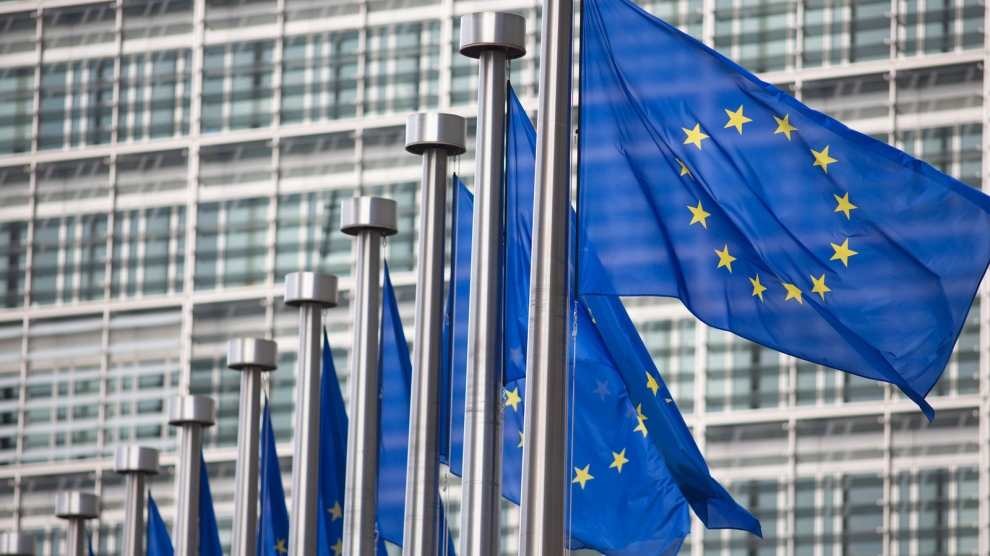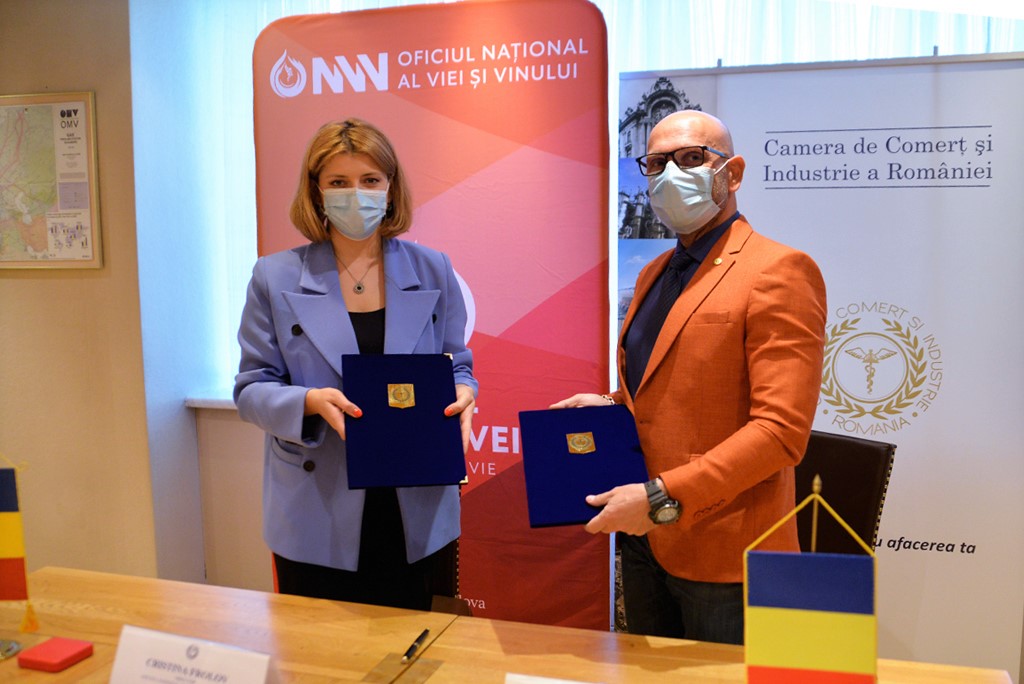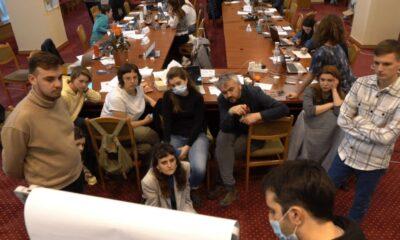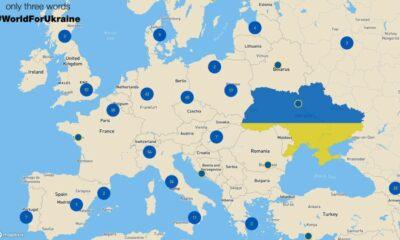Economy
The euro is here to stay
Reading Time: 3 minutesNews of its immediate demise is premature: the euro is here to stay, for two very simple reasons. First, no member country can be forced out of the eurozone, and none will choose to leave voluntarily.
News of its immediate demise is premature: the euro is here to stay, for two very simple reasons. First, no member country can be forced out of the eurozone, and none will choose to leave voluntarily. The consequences would be disastrous — for that country itself, but also for others across the globe. Any government contemplating leaving the eurozone would confront immediate and massive costs, with uncertain gains at best. None of the present member countries, not even Germany, could be reasonably confident that it would be better off on its own in this world of turbulent financial markets.
Second, European governments and European institutions are working on the eurozone’s problems, both individually and collectively. Portugal, for example, has passed no less than three austerity programs last year, including tax increases, across-the-board cuts in public sector compensation, and a public sector pension freeze. In Ireland, public sector pay has been slashed by 20 percent. Greece and Britain have also undertaken reforms to reduce government deficits. Germany has introduced a brake on public sector debt to its constitution.
The European Union is also taking collective steps to deal with the problems. Fortunately, the eurozone actually has an independent central bank with excellent leadership, which so far has been remarkably successful in managing financial market turmoil. Perhaps most importantly, however, there has been, after some initial fumbling, strong political leadership from Germany, most of it pushing in the right directions, namely:
# a deepening of European financial integration through provisions for bailing out eurozone members in trouble, as well as through strengthened fiscal surveillance and co-ordination,
# arrangements for resolving insupportable sovereign debt burdens, and
# provisions to deal with European banks’ bad debts (here, Germany itself represents a large part of the problem thanks to its troubled Landesbanken).
German leadership has been, and will continue to be, crucial. Not only is Germany the most obvious candidate for such leadership, given its economic weight and its performance in the past. It also happens to be in a particularly strong position right now; German export industries are booming, and the economy has begun to steam ahead not only on the basis of its exports, but also fueled by domestic consumption and investment. It is thus beginning to help pull other European economies; the most recent trade data show that imports from other EU countries are growing more rapidly than German exports to them.
To recognize that there has been significant progress on reforming the eurozone is not to say, of course, that all problems have been solved. There are two important caveats. The first is the need for new growth perspectives for Ireland and the Southern periphery. Policies of fiscal belt-tightening alone are self-defeating, as lower growth will undermine the prospects for fiscal correction, no matter how hard governments try (and their electorates would be unlikely to allow them to try very hard for very long). Fiscal belt-tightening will therefore have to be complemented urgently with policies that promise growth.
The second critical ingredient is political. The dimensions of the problem are such that they call for a redefinition of politics and the articulation of new visions for the future of European societies. This task needs political leaders who are willing and able to explain their policies persuasively to their electorates, in Germany as in Greece, in Spain or in Italy. Yet here, too, there are some hopeful signs.
As a result, the eurozone and the European Union as a whole are presently moving in the right direction. And by wrestling with the issues in their own, messy, and typically European way, Europeans are arguably just ahead of the pack. The United States, Japan, or China assume that they will be able to cope with their problems by relying on sovereign national policy efforts. Yet China holds close to $2 trillion worth of U.S. debt, much of it in the form of treasury bonds. It is thus easy to predict that at some point in the not too distant future, China will insist that the United States deals with its debt problems responsibly or face consequences. In fact, China and the United States, when dealing with debt and macroeconomic policy interdependence, confront structural tensions at a global level not unlike those tying Germany to Greece, Portugal, Ireland, Spain, and Italy within Europe. In both instances, excessive levels of debt have been allowed to accumulate by a politically convenient combination of reckless borrowing and imprudent lending. Now they must be reduced through a mixture of fiscal discipline and conditional credit supply.
Those problems cannot be resolved simply by central banks that print money and call their actions “quantitative easing.” European economies are at least beginning to face the need to go beyond national solutions; others are still assuming that adjustment can be postponed behind the shield of national sovereignty.
Economy
Moldova will receive a disbursement of 36 million euros as part of the the Economic Recovery Plan

This week, the European Commission approved the disbursement of 36 million euros in grant money for the Republic of Moldova. The announcement was made by Deputy Director-General for Neighbourhood Policy and Enlargement Negotiations at the European Commission, Katarina Mathernova, who paid an official visit to the Republic of Moldova between September 13-15, together with Managing Director for Russia, Eastern Partnership, Central Asia, Regional cooperation and OSCE, at the European External Action Service, Michael Siebert.
The EU officials had meetings with President Maia Sandu, Minister of Foreign Affairs and European Integration, Nicu Popescu, Speaker of Parliament, Igor Grosu, Prime Minister of the country, Natalia Gavrilita, as well as key representatives of Government, international financial institutions and the civil society, according to a press release issued by the Delegation of the European Union to the Republic of Moldova.
Beside such topics as the EU-Moldova relations and prospects, the priorities of the reform agenda of the new Moldovan Government, preparations for the Eastern Partnership Summit at the end of the year and the Transnistrian conflict settlement, the officials also discussed the EU assistance in support of reforms and the Economic Recovery Plan for Moldova, which was announced in June with a total EU support of 600 million euros over the next 3 years.
“The first measures under the Economic Recovery Plan will shortly materialize, with the expected disbursement of 36 million euros in grant money under budget support programmes to support the authorities’ efforts to fight against the consequences of the pandemic. Moldova can count on EU’s assistance on its path to reforms and to recovery, bringing tangible results to citizens,” Katarina Mathernova stated.
The plan is based on assistance provided by the European Union through various bilateral and regional instruments, aiming to mobilize the funds in the form of grants, loans, guarantees and macro-financial assistance.
“The Economic Recovery Plan for the Republic of Moldova involves much more, not just this financial support provided immediately. It must help digital transformation, strengthen infrastructure, energy efficiency, education and support small and medium-sized enterprises,” the EU official also said.
As Prime Minister Natalia Gavrilita informed, “The Economic Recovery Plan and the 5 flagship initiatives for Moldova in the Eastern Partnership will directly contribute to the reform and consolidation of institutions, stimulate long-term socio-economic development, bring direct benefits to citizens, and unleash new economic opportunities through promoting the green agenda and digitization. Small and medium-sized enterprises (SMEs) have been hit hard by the crisis. Promoting and diversifying access to finance and reducing collateral requirements will be essential in supporting economic operators. We are grateful to the EU partners who will launch two programs to support 50 000 independent Moldovan SMEs to adapt to the new conditions.”
President of the Republic of Moldova, Maia Sandu, welcomed the decision of the European Union to disburse about 745 million lei in grant money, as the official page of the President’s Office announced. “EU support comes after a long period of freezing of European assistance, caused by former governments. We managed to relaunch the political dialogue with the European Union and resume financial assistance. The Republic of Moldova is gradually regaining the trust of its strategic partners. This European support is also a signal of encouragement for the new Government team in its commitment to clean up the institutions, fight corruption and launch development programs in the country,” said Maia Sandu.
Photo: unknown
Economy
Romania and Moldova signed a partnership memorandum pledging to cooperate in promoting their wines

The Chamber of Commerce and Industry of Romania (CCIR) and the National Office for Vine and Wine (NOVW) of the Republic of Moldova signed, last week, a memorandum of cooperation on organizing joint promotional activities in the markets of common interest, as the CCIR announced.
China, Japan or the USA are just some of the markets targeted by the Romanian and Moldovan institutions. The memorandum also involves advertising activities for wines from common indigenous varieties, promoting the oeno-tourist region, developing a tourist route in the two states, exchange of experience, study visits, and mutual support in identifying new export opportunities. “We are very confident that this collaboration between our organizations will lead to sustainable economic growth and a higher degree of well-being among Moldovans and Romanians,” claimed Deputy Secretary-General of CCIR, Bogdan Visan.
On the other hand, Director of the NOVW, Cristina Frolov, declared that no open competition with Romania is aimed at the governmental level of the Republic of Moldova. “This request for collaboration is a consequence of the partnership principle. Romania imports 10-12% of the wine it consumes, and we want to take more from this import quota. Every year, the Romanian market grows by approximately 2.8%, as it happened in 2020, and we are interested in taking a maximum share of this percentage of imported wines without entering into direct competition with the Romanian producer,” the Moldovan official said. She also mentioned that Moldova aims at increasing the market share of wine production by at least 50% compared to 2020, and the number of producers present on the Romanian market – by at least 40%.

Source: ccir.ro
**
According to the data of the Romanian National Trade Register Office, the total value of Romania-Moldova trade was 1.7 billion euros at the end of last year and over 805 million euros at the end of May 2021. In July 2021, there were 6 522 companies from the Republic of Moldova in Romania, with a total capital value of 45.9 million euros.
The data of Moldova’s National Office of Vine and Wine showed that, in the first 7 months of 2021, the total quantity of bottled wine was about 27 million litres (registering an increase of 10% as compared to the same period last year), with a value of more than one billion lei, which is 32% more than the same period last year. Moldovan wines were awarded 956 medals at 32 international competitions in 2020.
Photo: ccir.ro
Economy
Moldova’s hope to be a top walnut exporter and its main difficulties

The Republic of Moldova has perfect weather conditions for growing walnut trees, that creating a great potential of walnut production and trade, especially on international markets, where the demand is way higher than the product’s supply. National and international experts believe that the country’s walnut production industry is on the verge of important transformations, which could lead to increased yields, quality and competitiveness worldwide.
According to authorities, Moldova exports 34-35 thousand tons of walnuts in shell, which is about 7% of the total export of fruit and 5% of the total export of horticultural products. The export value is assessed as being $120 million, that being 57-60% of the total fruit export value and about 50% of horticultural export value. Most of walnut crops are exported to the EU countries, such as France, Germany, the Netherlands, Romania and Austria. The country’s exports were among the world’s top 10 when it comes to the highest dollar value of the product during 2020.
Viorel Gherciu, Minister of Agriculture and Food Industry, pointed out that the production in the domestic walnut industry has increased by 55% in the last five years, which ranks Moldova among the main producers in the world.
“The biggest opportunity for this industry is that we are in the geographical proximity of the largest walnut import area in the world, which is the European Union, with almost 40% of total imports in the world. We are on the EU border, with privileged relations, with an Association Agreement. We already enjoy a good relationship in working with European importers, they trust our processors. A very close collaboration has been created and this is, in fact, the guarantee for those who invest in the area,” claimed the president of the Walnut Producers Association, Oleg Tirsina.
The data provided by the National Bureau of Statistics show that there are 34.7 thousand hectares of walnut plantations in the country. 20.90 hectares are represented by orchards. 75% of planted orchards are formed of old varieties trees. 30-35% of the exported production comes from orchards, the rest comes from individual farmers and plantations along the roads. This means that the quality of walnut production is not at its maximum potential. Developing commercial plantations through orchards modernization and extension of walnut varieties would provide double yield and better quality, experts say.
Governmental support in the form of subsidizing solutions, foreign investments and credit options are indispensable for the industry development. One of the financing options is the credit line of the European Investment Bank Project. Since 2016, 15 producers and processors of nuts, almonds and hazelnuts have benefited from these loans with the total amount of investments worth 8.7 million euros. A further extension of the project would provide another 60 million euros for the modernization of the horticultural sector in general and for harvesting organic walnuts in particular.
Photo: heymoldova.com





















